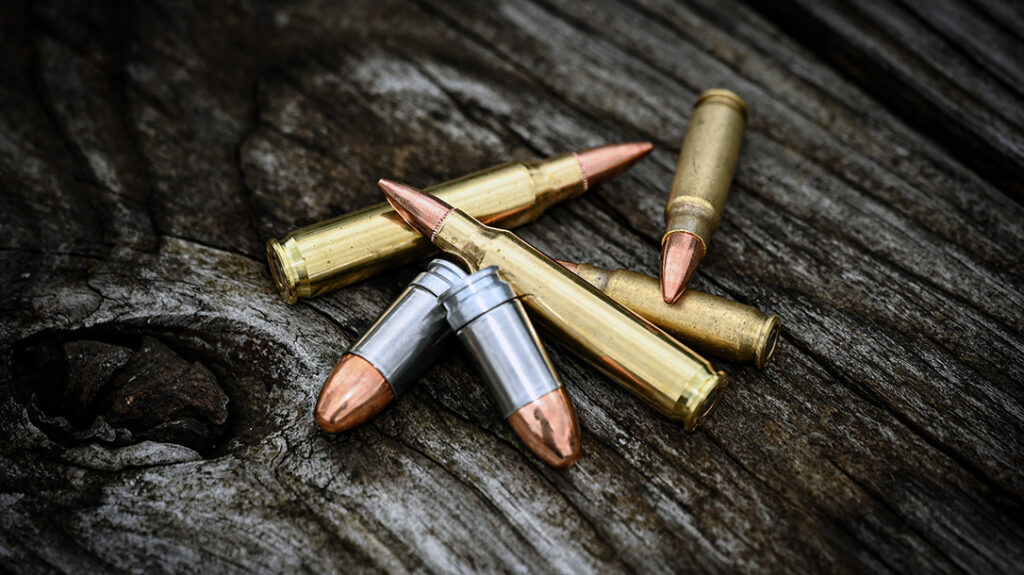Long-time residents of the gun world often speak in a language filled with terms like “caliber,” “gauge,” and “millimeter.” For newcomers to the world of guns, these terms can be confusing and overwhelming. Among these terms, “caliber” stands out as one of the most fundamental yet misunderstood concepts. Today, we need to delve into the realm of firearm calibers. We explore what bullet calibers are, how they’re measured, and their significance in the world of firearms.
Bullet Calibers Explained
In simple terms, caliber refers to the diameter of a bullet or the bore of a firearm barrel. It’s a critical specification that determines the size and type of ammunition a firearm can use. Caliber measurements are typically expressed in either inches or millimeters, depending on the region and the type of firearm.
Countries like the United States often express caliber measurements in inches. However, in much of the rest of the world, millimeters are the standard unit of measurement. For example, a common handgun caliber in the U.S. is “.45 caliber.” This means it is .45 of an inch. In Europe, it might be referred to as “11.43 millimeters.”
Understanding Caliber Designations
Caliber designations can vary widely depending on the type of firearm and the intended use.
For example:
- Handgun Calibers: Handgun calibers typically range from .22 inches to .50 inches in diameter. Common examples include .380 ACP, 9mm Luger, .45 ACP, and .357 Magnum.
- Rifle Calibers: Rifle calibers cover a broader spectrum, from small varmint rounds like .17 HMR to powerful cartridges like .50 BMG used in anti-material rifles.
- Shotgun Gauges: Shotguns use a different system of measurement known as gauge. Common shotgun gauges include 12-gauge, 20-gauge, and .410 bore.

Relationship Between Caliber and Firearm Type
The relationship between caliber and firearm type is important as well. The caliber of a firearm is closely tied to its design and intended purpose.
For example:
- Small Calibers: Firearms chambered in smaller calibers are often used for target shooting, plinking, and small game hunting. These calibers generally feature less recoil and lower muzzle energy.
- Medium Calibers: Medium calibers are versatile and commonly used for self-defense, law enforcement, and medium-sized game hunting. They strike a balance between manageable recoil and sufficient stopping power.
- Large Calibers: Firearms chambered in large calibers are typically reserved for big game hunting, long-range shooting, and military applications. These calibers deliver significant muzzle energy and often have heavy recoil.
Selecting the Right Caliber
Choosing the right caliber for your firearm depends on several factors, including:
- Intended Use: Determine whether you’ll be using the firearm for target shooting, hunting, self-defense, or another purpose.
- Recoil Sensitivity: Consider your tolerance for recoil, as larger calibers typically produce more felt recoil.
- Ammunition Availability: Ensure that the caliber you choose has readily available ammunition in your area.
- Regulatory Considerations: Check local laws and regulations regarding the use of specific calibers for hunting, self-defense, or other purposes.

Caliber and Terminal Ballistics
Terminal ballistics refer to the behavior of a projectile upon impact with a target. The caliber and type of bullet play a crucial role in determining terminal ballistics, including factors such as penetration, expansion, and energy transfer. Different calibers and bullet designs exhibit varying terminal ballistics, influencing their effectiveness in different scenarios.
Understanding firearm calibers is essential for anyone with an interest in firearms, whether for recreational shooting, hunting, or self-defense. By grasping the concept of caliber and its significance in firearm design and performance, enthusiasts can make informed decisions when selecting firearms and ammunition.
Whether you’re exploring the world of handguns, rifles, or shotguns, knowing your calibers will enrich your shooting experience and deepen your appreciation for the intricacies of firearms.






Didn’t find what you were looking for?
Read the full article here
